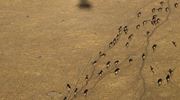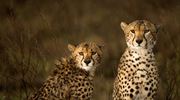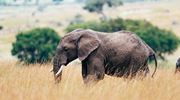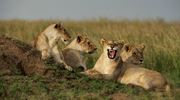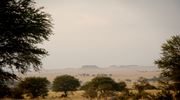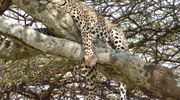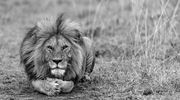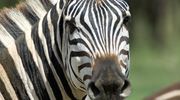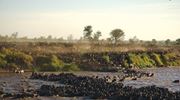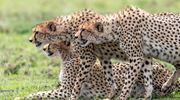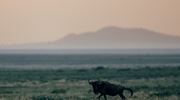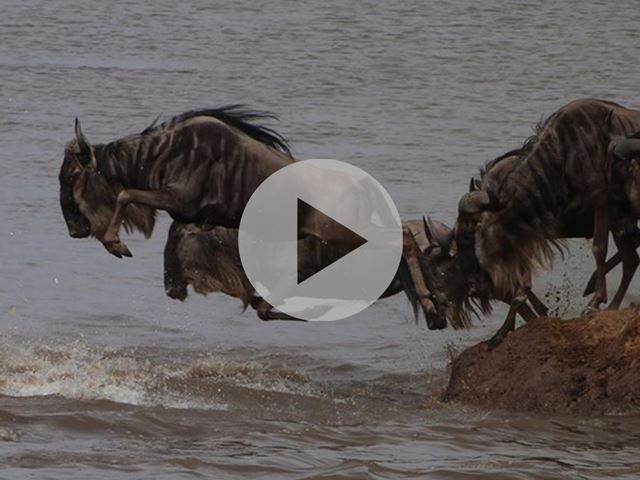Why go on a Serengeti safari
The Serengeti ecosystem is a geographical region in northern Tanzania, bordering Kenya, Lake Victoria, and the Ngorongoro Conservation Area. It’s also a UNESCO-listed World Heritage national park that offers year-round safari adventures.
The wonder and excitement of a Serengeti safari can be enjoyed in the low season when fewer tourists crowd the majestic landscapes. From June to October, the Great Migration crosses back and forth over the Mara River, a spectacular sight, but also the busiest time of the year. Marvel at cheetah on termite mounds surveying the landscapes for prey, elephant herds on vast plains, and other fantastic wildlife. Book your Serengeti safari now and discover its secrets for yourself.
Gallery
Browse our image and video galleries below to see some of the wildlife, scenery, activities and accommodation in the Serengeti National Park.
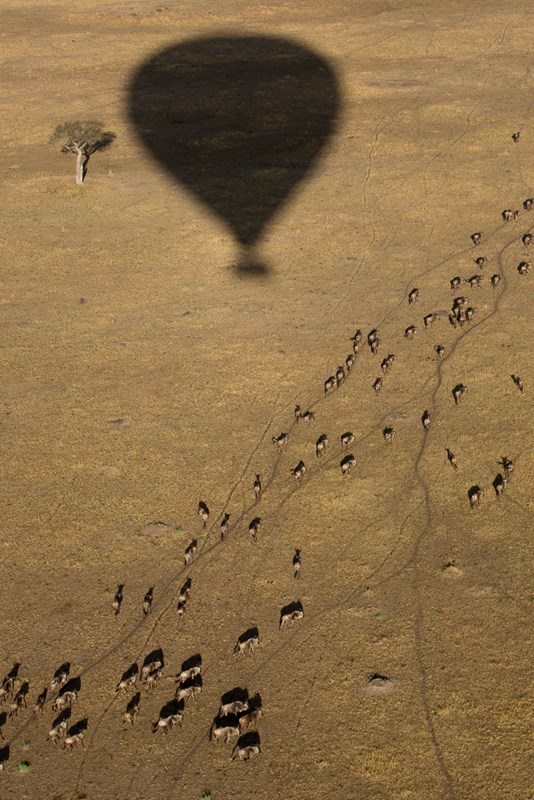
Hot air balloon safaris are a truly unique way to explore the Serengeti.
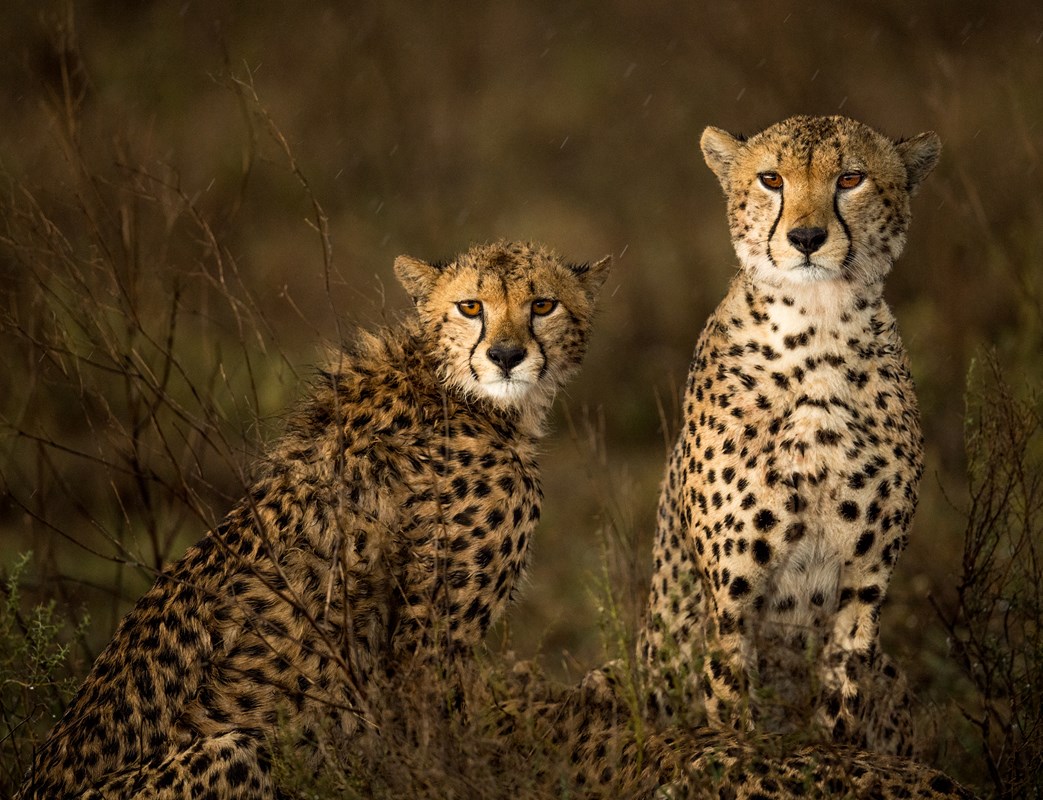
A pair of cheetah looking moody in the rain.
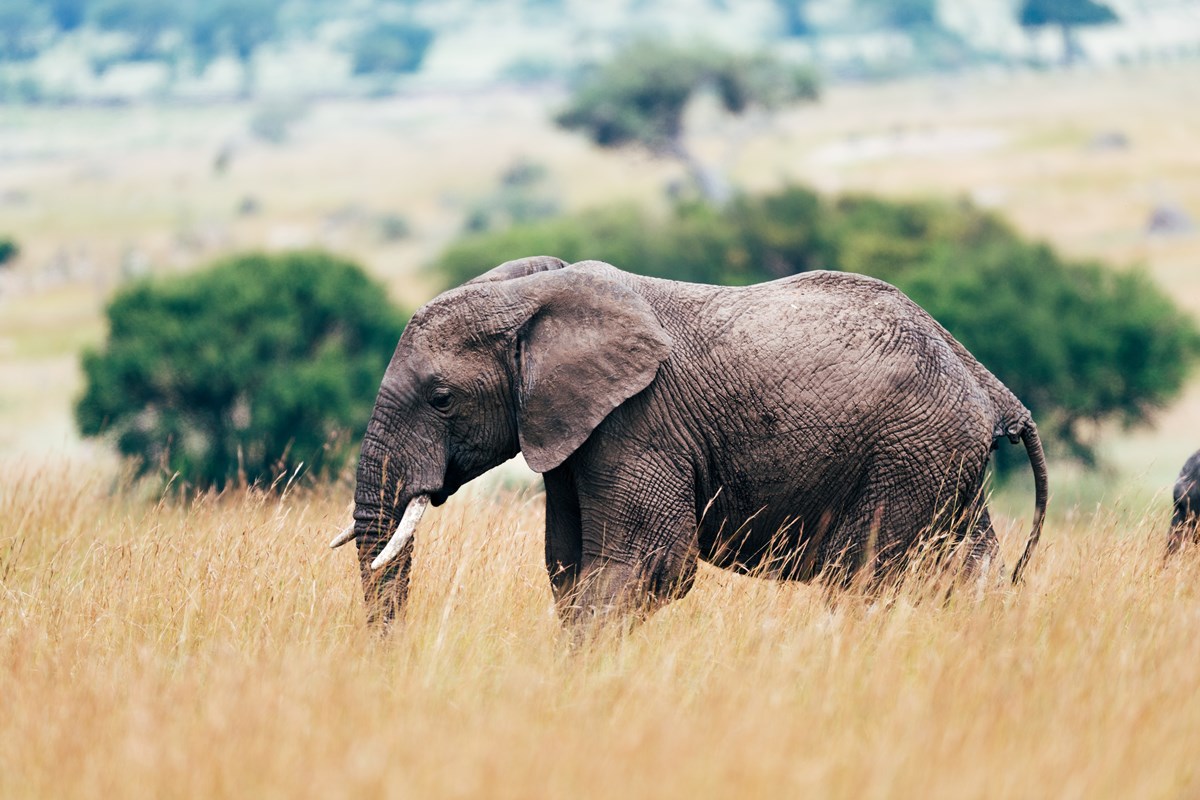
The Serengeti is one of the most iconic destinations in the world.
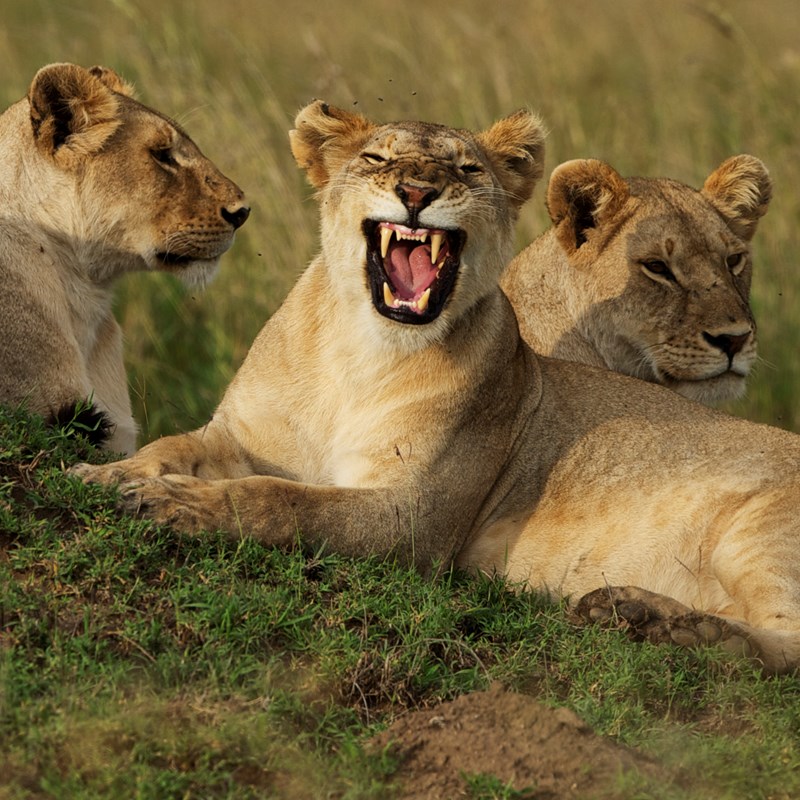
The Serengeti is home to a remarkable number of species, including over 70 big mammals and more than 500 bird species.
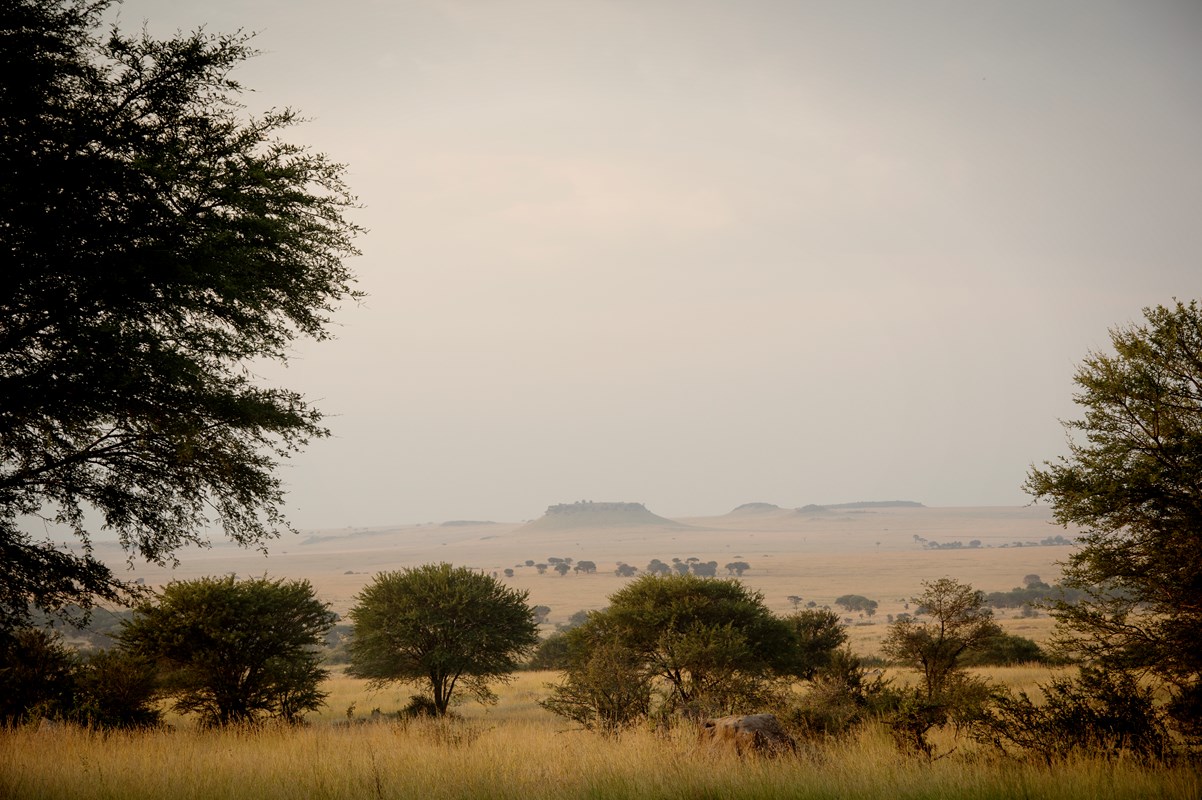
The Serengeti is an excellent year-round destination.
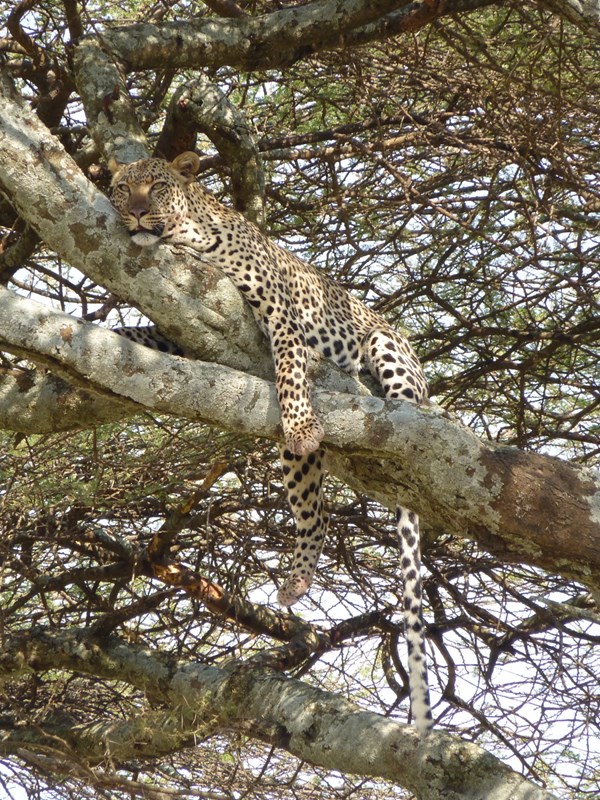
A leopard lounges in the treetops.
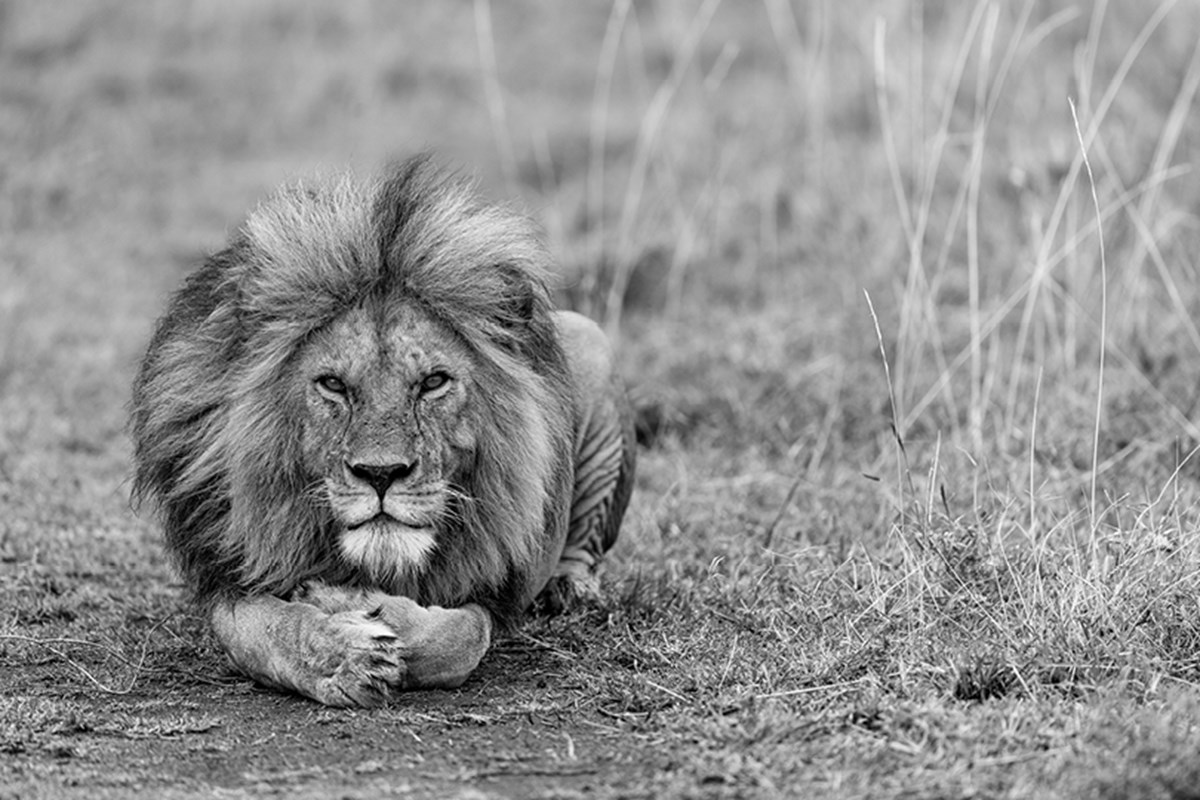
The Serengeti is home to some 3,500 lions as well as many other predators.
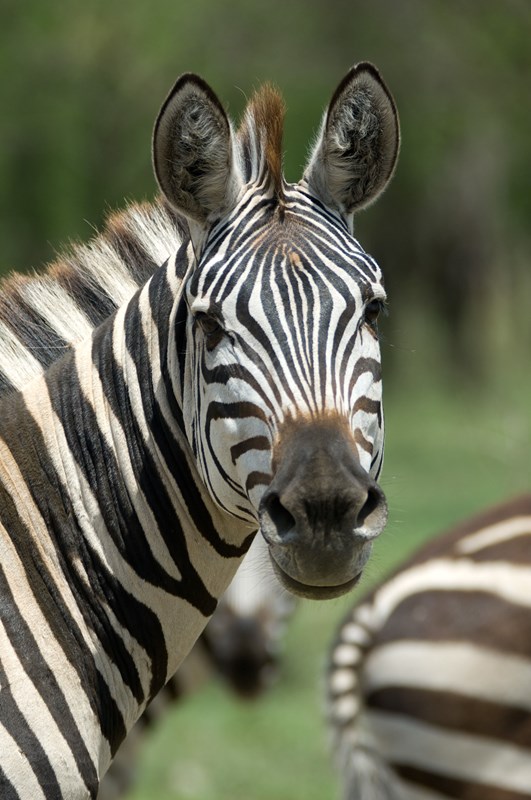
A zebra spotted while out exploring the region.
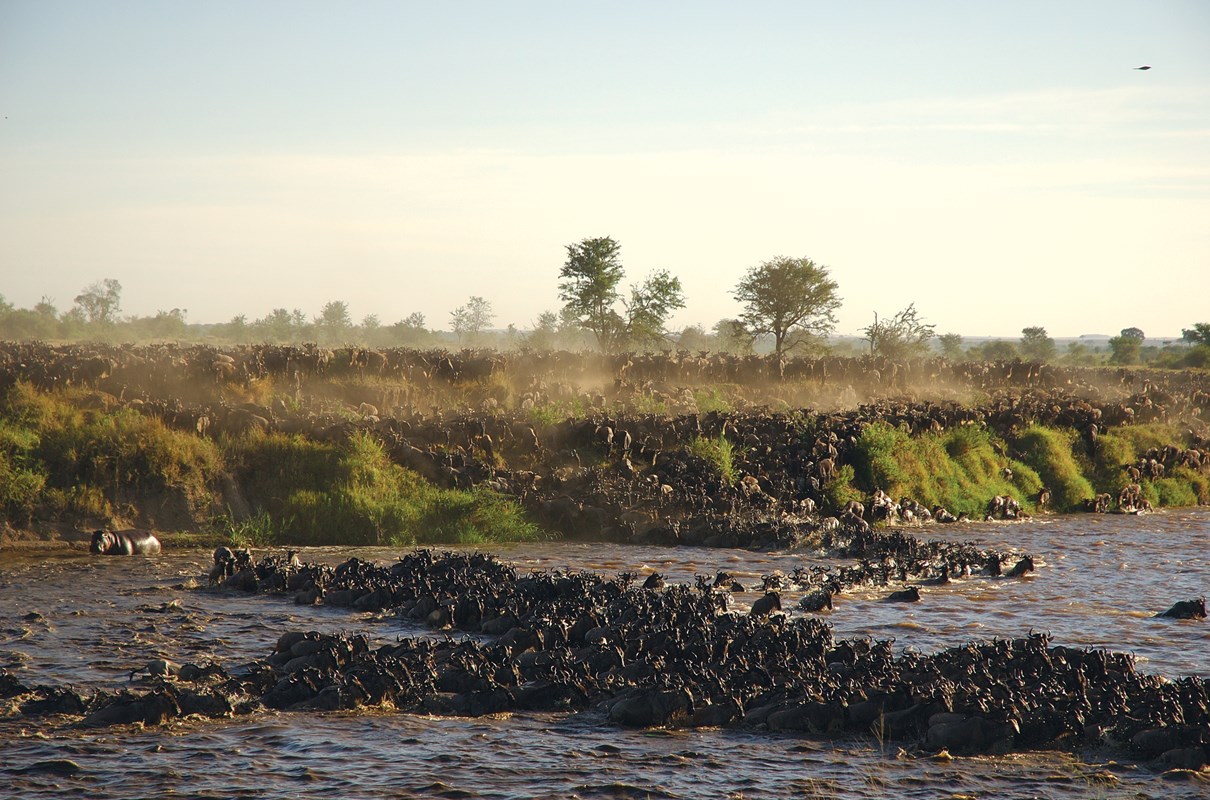
The Serengeti is host to the dramatic Great Migration.
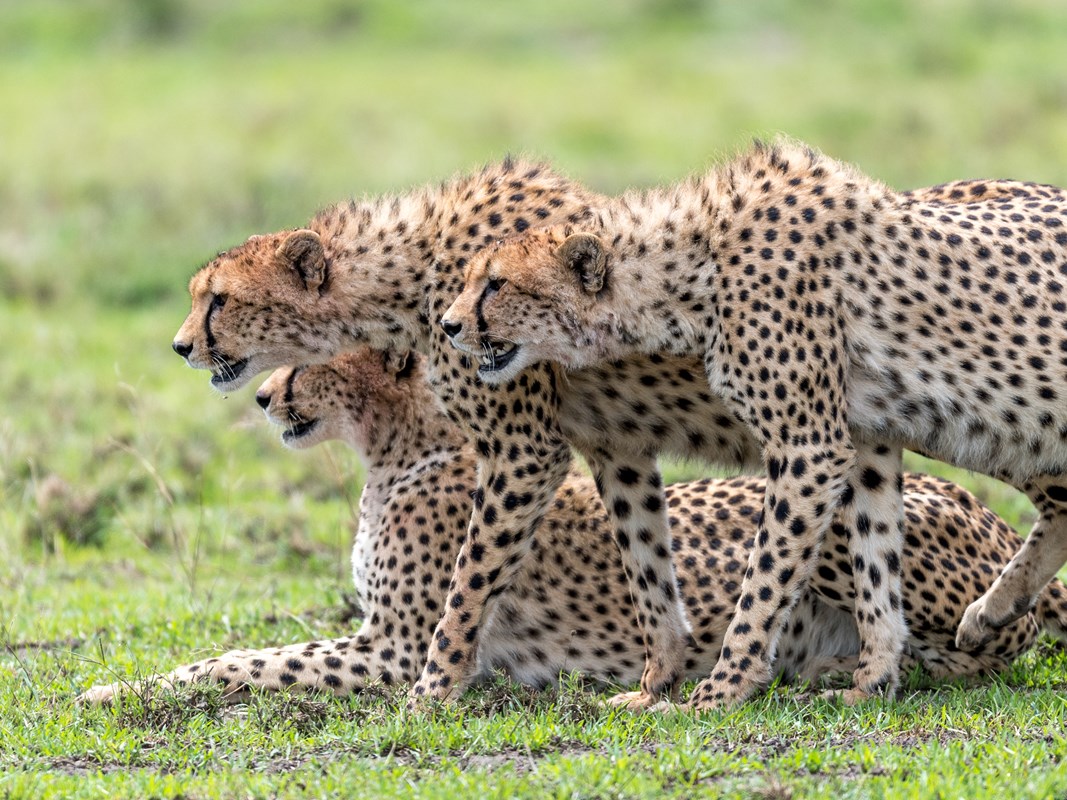
A family of cheetah on the hunt for their next meal.
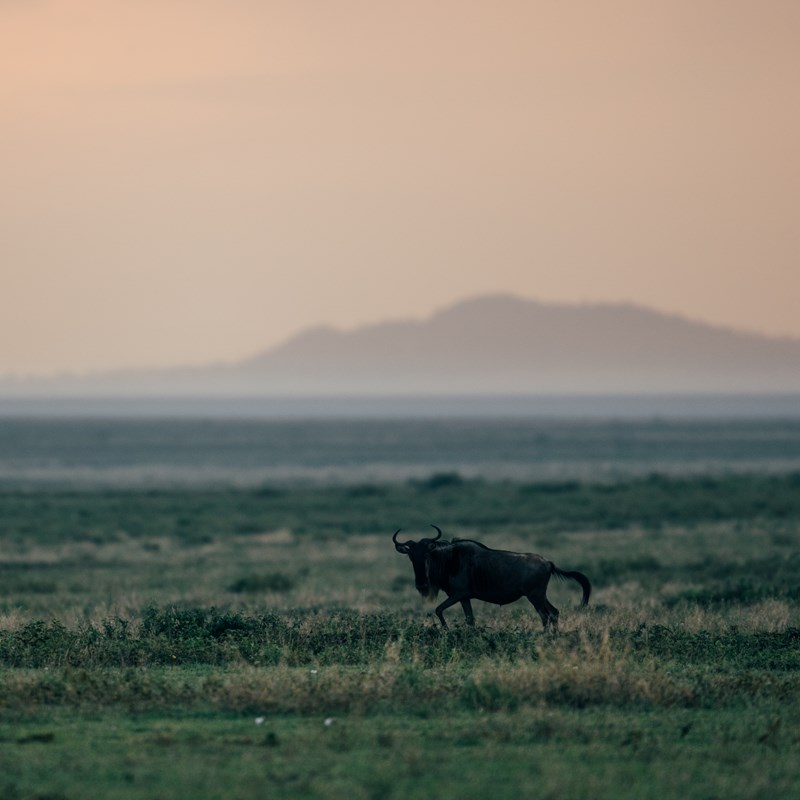
The Great Migration moves in a continuous cycle around the Serengeti and Kenya’s Masai Mara.
Serengeti Safari Camps
Our properties are elegant and timeless. We offer both permanent and mobile camp adventures that follow the Great Migration.
Dunia Camp: Nestled in the Serengeti’s heart, Dunia Camp offers our guests a chance to experience the wonders of the African wilderness. From your spacious tent, you can enjoy panoramic views of the vast open savannahs, where thousands of wildebeest and zebra migrate in search of fresh grass. You can also witness the majestic lion prides that often lounge on the nearby granite boulders that dot the landscape.
Namiri Plains Camp: Experience one of the best locations in Africa to see big cats. Breathtaking wildlife and a luxurious safari camp, offering year-round game viewing in the remote corner of the eastern Serengeti. The camp is highly involved in regional cheetah conservation, supporting research and protection efforts for these endangered cats.
Olakira Camp: Witness the most spectacular wildlife spectacle on earth at Olakira Migration Camp, our unique mobile camp that follows the massive herds of wildebeest as they traverse the vast plains of the Serengeti in search of fresh grass and water while facing the constant threat of hungry predators such as crocodiles and lions.
Sayari Camp: Discover the ultimate safari experience at Sayari Camp, our luxurious award-winning permanent camp in northern Serengeti's prime wildlife area. Our superior location allows you to marvel at the incredible sight of thousands of wildebeest braving the crocodile-infested waters of the Mara River during the Great Migration, one of the world’s most awe-inspiring natural phenomena.
Ubuntu Camp: Immerse yourself in the drama and beauty of the Great Migration from our mobile-tented Ubuntu Migration Camp. Carefully positioned in the best locations in both the northern and southern Serengeti, follow the movement of the vast herds of wildebeest as they face the challenges of predators, rivers and changing landscapes. Ubuntu Camp offers an intimate and authentic connection with nature, as we leave no trace behind except our footprints.
 Lodge
Lodge
Dunia Camp
Dunia, in Tanzania’s central Serengeti, offers a prime position for safari throughout the year. Enjoy plentiful resident wildlife without the crowds, exploring the nearby Moru Kopjes in search of lion…
 Lodge
Lodge
Namiri Plains
Set in a remote location in Tanzania’s eastern Serengeti, Namiri Plains offers the ultimate big cat safari experience. Previously a cheetah conservation initiative, the area is now also a haven for li…
 Lodge
Lodge
Olakira Migration Camp
The mobile Olakira Migration Camp follows the wildebeest migration around the Serengeti, from the epic river crossings in the north to the southern plains where they give birth to thousands of calves…
 Lodge
Lodge
Sayari Camp
Set on the untouched plains of northern Serengeti, this stylish, award-winning camp is perfectly located near the famous Great Migration route and several crossing points along the Mara River, where s…
 Lodge
Lodge
Ubuntu Migration Camp
Ubuntu Migration Camp follows the colossal herds of wildebeest as they journey around the Serengeti. From the dramatic river crossings in the north to the fertile grasslands in the south where the wil…
Top Serengeti Safari Activities
Game Drives: Our seven-seater, open-sided game vehicles come equipped with canvas roofs, power points, and fridges, providing everything you need to stay comfortable while getting close to large herbivores and predators.
Hot-Air Balloon Rides: Soar silently and peacefully over the vast savannas in a hot-air balloon, spotting sensational wildlife and watching a stunning sunrise.
Photographic Safaris: Experience the thrill of wildlife photography like never before with our specialised photographic vehicles. They offer 360° views of stunning landscapes and majestic animals, allowing you to capture the perfect shot from any angle. Don’t miss this opportunity to unleash your creativity and explore the wonders of nature from our photographic vehicles. (Only available at Sayari Camp and Namiri Plains)
Walking Safaris: Embark on a walking adventure through the bush with your experienced guide, observing the smaller creatures of the bush, like ants, termites, and dung beetles. You'll also learn how to track animals using their footprints and droppings.
Video Gallery
Serengeti Itineraries
Our experienced trip designers are here to fulfil your Serengeti safari dreams. We will guide you at every step and offer expert advice to make your safari a unique, unforgettable, and extraordinary experience. Look at these itineraries, great examples to inspire and ignite your wanderlust.
 itinerary
itinerary
All Asilia: Reserve circuit
Experience the best of Tanzania and Kenya in style and comfort over 10 days.
 itinerary
itinerary
All Asilia: Northern Tanzania circuit
Explore the vast beauty of northern Tanzania's wildlife reserve over 9 days.
 itinerary
itinerary
All Asilia: Family safari with older children
Experience a thrilling family safari in Tanzania over 9 days.
 itinerary
itinerary
Honeymoon Heaven
An African honeymoon is unlike any other. Romantic hot air balloon rides over the Savannah, adventurous game drives through wilderness areas, sandy white beaches, and tropical waters; there is somethi…
 itinerary
itinerary
Northern Tanzania Explored
With vast wilderness areas that teem with big game, interesting cultures, easy logistical links, and some of the most iconic landscapes on the planet, northern Tanzania offers a safari experience like…
 itinerary
itinerary
Exclusive Tanzania
Enhanced by the incredible beauty of the East African landscape, our Reserve Camps featured in this itinerary exude character and meticulous attention to detail. Every desire is beautifully met; from…
 itinerary
itinerary
Tanzania Highlights
With countless combinations available throughout Tanzania’s “Northern Circuit”, this short but carefully curated bush and beach combination removes the confusion and offers the perfect introduction to…
 itinerary
itinerary
Great Migration Adventure
If time restrictions are driving your decision-making process regarding how your northern Tanzania safari should be structured, then these 7 day options are likely to prove useful. While there are man…
 itinerary
itinerary
Explore East Africa
For a safari experience that captures some of the best locations and experiences on offer across Kenya and Tanzania (and optionally, Zanzibar), look no further than this itinerary. Incorporating the M…
 itinerary
itinerary
10-Day Rwanda and Tanzania Trekking and Safari
Experience a magical adventure to see chimps and gorillas in the wild, taking in Rwanda and Tanzania over 10-days.
 itinerary
itinerary
9-Day Northern Tanzania Bush and Island Adventure
Explore the very best of Northern Tanzania on this exciting 9-day adventure.












